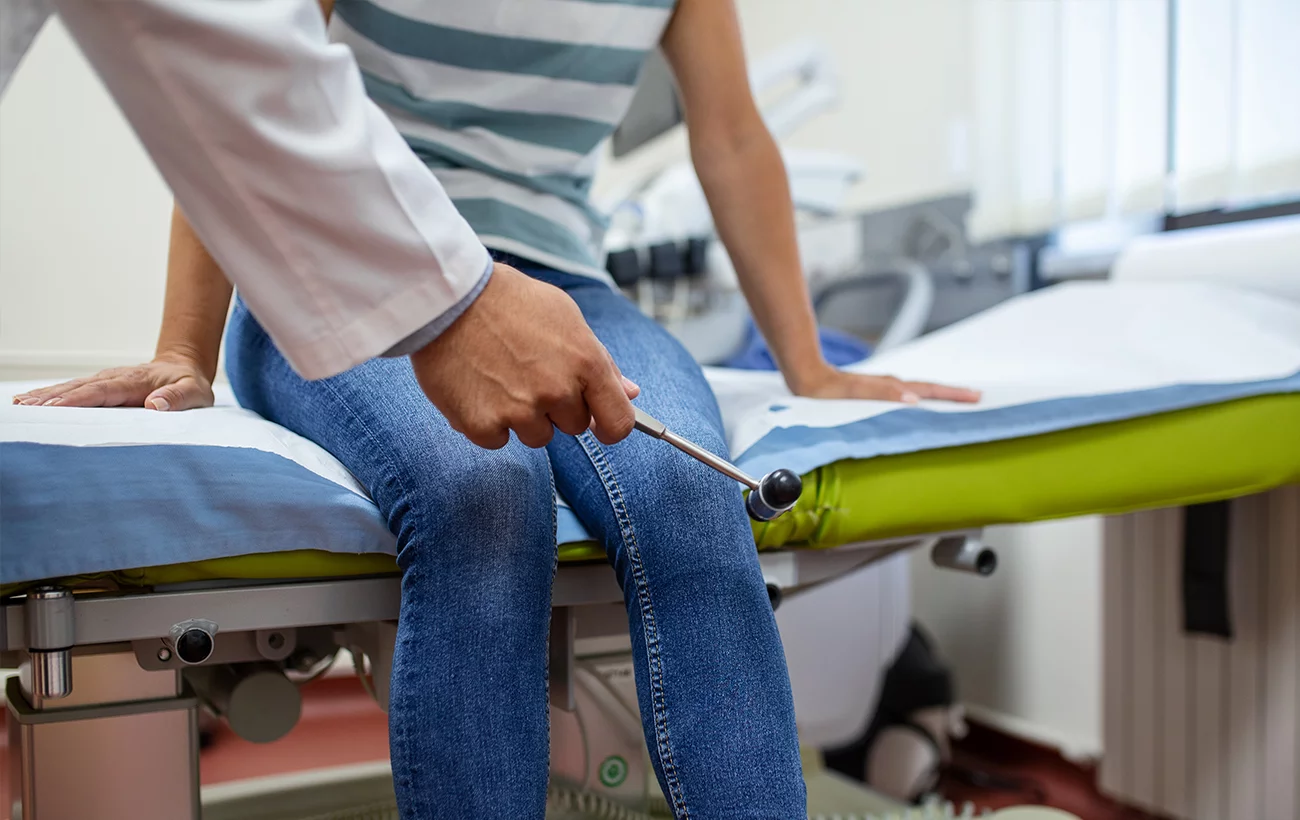Have you ever heard about robotic therapy? | Missionwalk
The robots also incorporate video games, thus bringing an element of play into the therapy sessions. Aside from this, the robots record the data from each session, which can be beneficial in measuring gains, tracking improvement, and reassuring patients that progress can be achieved, so they should keep doing more.
Rehabilitation robots help physiotherapists ensure that patients are performing the exercises properly. They often support the patient’s body weight so they can do the exercises for extended periods before the sessions end.
Robotics physiotherapy includes using a wide range of electro-mechanical-assisted training devices, some are stationary, and others are portable. The purpose of these devices is to retrain the patients in their body functions that were affected by neurological or traumatic events, such as Parkinson’s Disease, Cerebral Palsy, Stroke, Traumatic Brain Injury, Spinal Cord Injury, and Multiple Sclerosis. This may also include impaired functioning in the elderly.
In neurorehabilitation, robots are used mainly as gait trainers for lower limbs to enable the patient to walk properly.
They can also be used as arm and hand trainers for reaching objects and grasping them. For example, robots can assist stroke patients in getting an object across a tabletop because this task cannot be performed alone.
Some electromechanically controlled devices for robotic physiotherapy in Hyderabad include the Lokomat Pro, which offers highly intensive, individualised, repetitive training to severely impaired patients. It has a harness to safely support the body while the patient’s legs are moved in a natural and controlled walking pattern. The affected muscles that have become weak due to trauma are straightened and trained. The video feedback motivates the patients and challenges them to perform the leg movements properly.
The machines used in robotic therapy are tools that allow patients to practice movements. Studies have shown that the spinal cord and brain retain an ability to adapt through the use of practised movements. Such a remarkable ability because the brain and spinal cord can do this even right after injury!
Therapeutic and assistive robotic devices are rapidly becoming popular, including robots to help patients rehabilitate from even the most serious conditions, like stroke. These robots have a central role to play for people with disabilities, and they help recover mobility, coordination, strength, and quality of life.
These robots need to be programmed, and they utilize sensors to adapt to the conditions of each patient recovering from a brain or spinal cord injury, stroke, and neuromuscular or neurobehavioral diseases such as multiple sclerosis.
Robotics physiotherapy is great as a clinical intervention.
They can also help with the assessment of improvements. The devices used can measure and store the limitations of the performance of the patients, which can be valuable for long-term clinical evaluations. These can identify and measure even the smallest changes in movements and forces, helping physiotherapists in treatment planning and goal setting.
Rehabilitation robots also include exoskeleton devices. The patients can wear these to assist them. Exoskeletons are positioned in the body to enhance, bolster and reestablish the individual’s performance.
To summarize the benefits of robotics physiotherapy, please see the list below.
* Helps the brain to relearn movements from repetitive patterns.
* Helps avoid fatigue and exertion from excessive muscle training.
* Helps speed up the recovery process
* The training style can be customisable
* Provides support to patient’s body weight
* Patient can practice movement in multiple dimensions
* Sensors that record the patient’s velocities, torques, etc.
For additional information that you may need about robotics physiotherapy, please get in touch with Mission Walk robotic physiotherapy in Hyderabad or Mission Walk robotic physiotherapy in Mumbai. Our customer care personnel are down-to-earth. They’ll listen carefully to your pleas and doubts and try to answer them accurately and quickly to the best of their ability. We will be waiting for your call.
.png)


Comments
Post a Comment